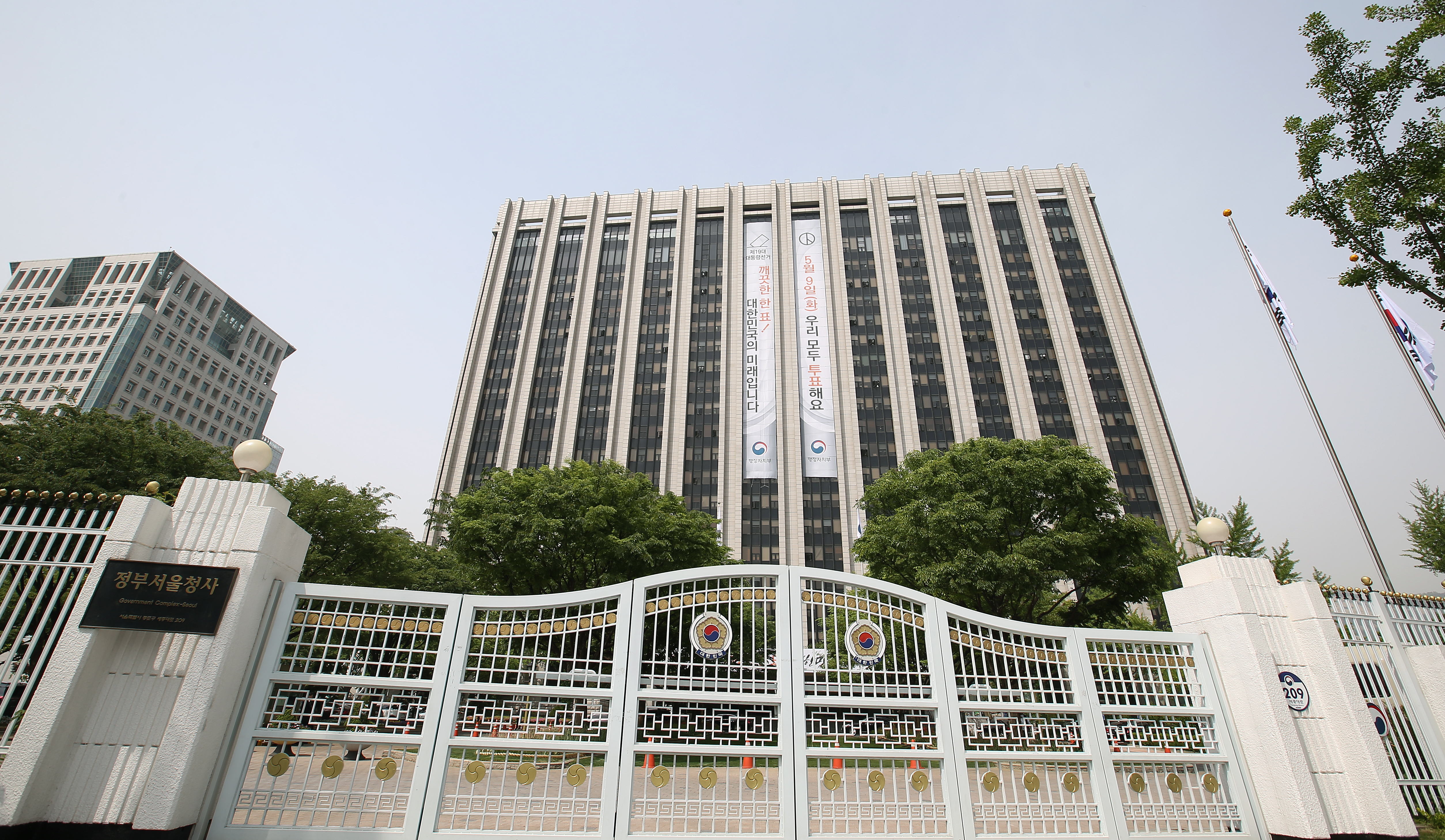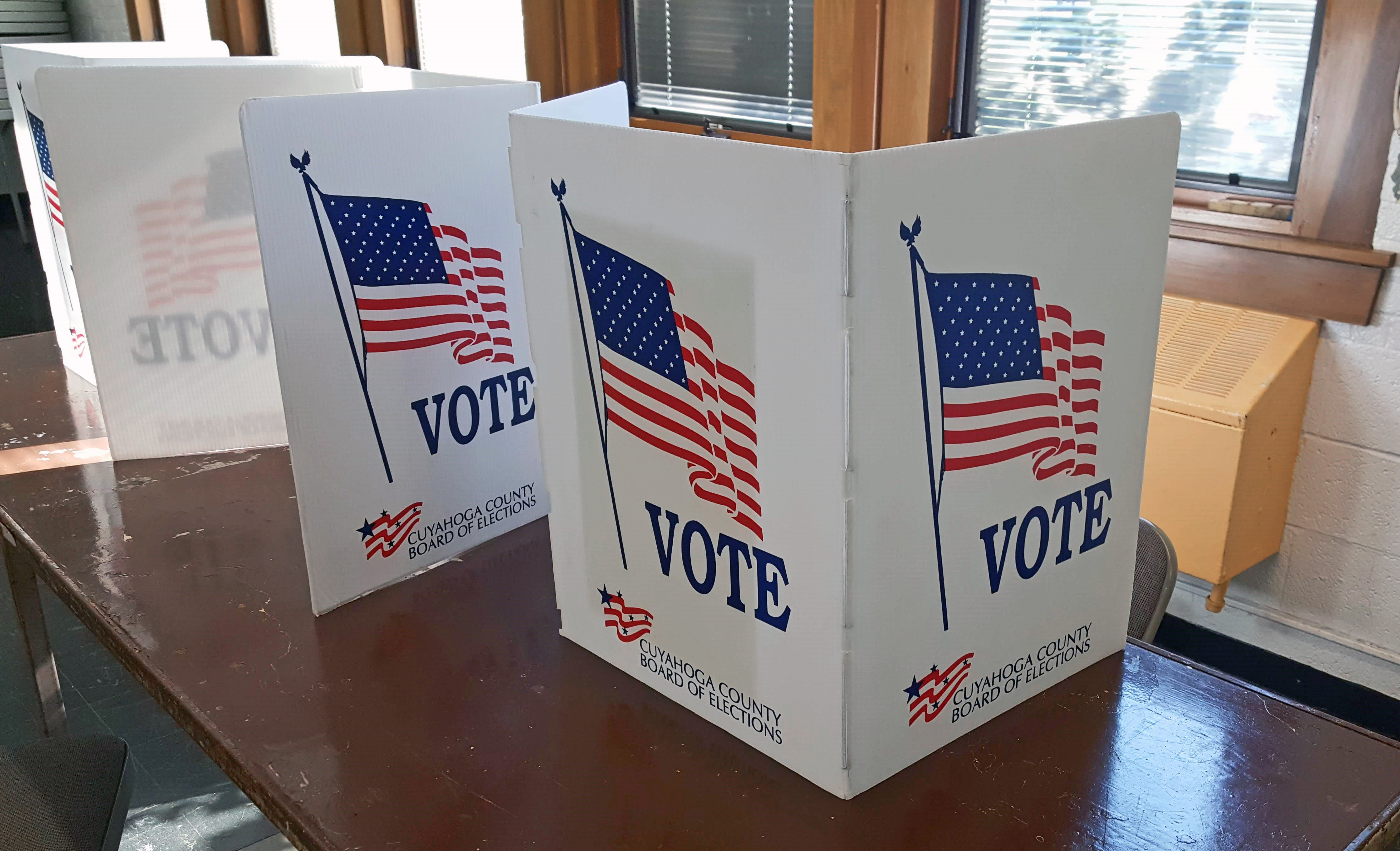How South Korea Conducted Its Elections During the Pandemic: A Comparative Case Study
As a result of precautionary measures, South Korea was able to minimize voters’ risk of exposure to the coronavirus while maintaining the integrity of its election.

Published by The Lawfare Institute
in Cooperation With

Lawfare is partnering with the Stanford-MIT Healthy Elections Project to produce a series on election integrity in the midst of the coronavirus crisis. The Healthy Elections Project aims to assist election officials and the public as the nation confronts the challenges that the coronavirus pandemic poses for election administration. Through student-driven research, tool development, and direct services to jurisdictions, the project focuses on confronting the logistical challenges faced by states as they make rapid transitions to mail balloting and the creation of safe polling places. Read other installments in the series here.
On April 15, 2020, just two months after South Korea reached the mark of being the country with the second-highest number of COVID-19 infections, the country held its 21st legislative elections for all 300 members of the National Assembly. South Korea was one of the first large countries to hold an in-person national election after the outbreak.
By election day, South Korea had recorded over 10,000 cases and 200 deaths. But the country enacted several precautionary measures to minimize the risk of community spread at the polls. As a result of these pandemic-inspired rule changes, over 40 percent of voters cast their ballot early—the highest early voting rate ever—and the country saw an overall turnout of 66.2 percent (over 29 million voters in total), the highest turnout of a parliamentary election since 1992. Well past the election, there have been no confirmed COVID-19 cases related to exposure at the polls during the April election.
Our full report on South Korea is available here.
South Korea’s Precautionary Measures
The Asian Network for Free Elections created a visual summary of the safety precautions South Korea took during its election amidst the coronavirus pandemic.
The National Election Commission (NEC), an independent branch of government established by Article 114 of the Constitution that oversees elections for public office, administered the election. Early voting, which was first introduced as an in-person option for voters in 2013, took place nationally on April 10-11, 2020 at 3,500 polling places (approximately one-quarter of polling places open on election day). The NEC encouraged voters to vote early in order to “reduc[e] the number of voters expected to gather at the polling stations on election day.” In addition, the usually limited vote-by-mail option was expanded to include COVID-19 patients and other self-isolating individuals who were allowed to file a “home voting application.” As a result, over 12 million voters (26.7 percent of eligible voters and around 40 percent of overall turnout) cast their votes early.
NEC also adopted nationwide safeguards and precautions throughout its 14,330 polling places. First, before accessing the polling station, poll workers checked each voter’s temperature with a non-contact thermometer. If a voter’s temperature was above 37.5 degrees Celsius (99.5 degrees Fahrenheit), or if they displayed other respiratory symptoms, they were redirected to special polling stations with heightened precautions. Second, face masks were required at the polls and in line. Third, voters had to stay one meter from each other in line, with signs and markings to assist them. On election day, wait times rarely exceeded 30 minutes. Finally, voters had to sanitize their hands and wear plastic gloves (which were provided to them) inside the polling station. When leaving the polling station, voters had to remove the gloves and discard them into a disposal box.
After official voting hours had ended, 60,000 quarantined voters were allowed to leave their place of confinement and vote at polling stations between 5:20 and 7:00 pm. They were not allowed to use public transportation, and they were required to call officials when they returned home, or police officers were dispatched to find them. In addition, poll workers managing special polling stations for COVID-19 patients and medical workers had to wear protective equipment, such as full-body protective clothing, face protection, masks and plastic gloves.
Compared to previous years, 20,000 additional poll workers were deployed to staff the election. Over half a million staff prepared and disinfected 14,000 voting stations across the country. NEC also required strict hygiene rules for poll workers. For example, all poll workers wore masks and plastic gloves. There were similar requirements for election observers, journalists and police officers. In addition, polling stations were required to sanitize the environment before the voting started and regularly disinfected voting areas (including ballot stamps and election materials). The polling stations were also required to be regularly ventilated.
Communicating with Voters
NEC created a “Code of Conduct for Voters” that provided detailed instructions and outlined actions, safeguards and precautions that voters were required to follow through each step of the voting process. NEC also ran frequent voting information advertisements on national television, affixed posters and banners around the country and displayed copies of the Code of Conduct inside polling stations during early voting and Election Day.
Banners depicting the Republic of Korea National Election Commission’s Code of Conduct for Voters were posted inside polling locations and around the country to inform voters of safety precautions.
To maintain transparency, NEC livestreamed polling station activities and broadcasted on national channels, both during early voting and on election day. The livestreaming provided “remote access to the various stages of the electoral process, including the preparation and start of voting; the actual voting in progress; the close of voting and the transferring and storing of the voted ballots; the preparation and the start of counting; the counting process as it was progressing; and the close of the vote counting.”
Election Roadblocks
Korea faced several election roadblocks due to COVID-19:
● Voting by mail is typically extremely limited in South Korea, normally reserved only for special categories of voters such as individuals with limited mobility or those unable to leave hospitals and/or nursing homes. In 2020, however, home voting provisions were extended significantly to include COVID-19 patients and citizens in self-isolation due to contact with infected individuals. Voters had to file a “home voting application” between March 24-28, but in the words of Antonio Spinelli, senior analyst at the International Institute for Democracy and Electoral Assistance, NEC “took steps to guarantee the enfranchisement of persons who were infected with COVID-19 after the ‘home voting’ application period had formally ended.”
● South Korea has voter ID requirements, and in-person voters still had to hand their identification cards to poll workers (while wearing gloves). Voters were also required to lower or remove their face masks to facilitate identification.
● Due to safety concerns, NEC canceled the planned Out-of-Country Voting (OCV) operations in as many as 55 countries, with some diplomatic missions forced to shorten their voting periods. Typically, Korean nationals living abroad may vote in-person at Korean consulates and embassies. Unfortunately, there was no alternative mechanism (e.g. mail-in ballots) for out-of-country voters to vote. So over 87,000 potential voters abroad were unable to vote, representing 51 percent of the total 172,000 voters registered abroad. As such, OCV was only 23.8 percent eligible voters living abroad (around 41,000 voters) during the 2020 elections, marking the lowest since this voting method was introduced in Korea.
● NEC also considered introducing drive-through voting, which would have allowed voters to line up and vote at special polling stations while remaining inside their vehicles. However, there was not enough time to implement this proposal.
But from a public health perspective, the election was a rousing success. South Korean health authorities have since concluded that no COVID-19 transmissions occurred as a result of the parliamentary election.








